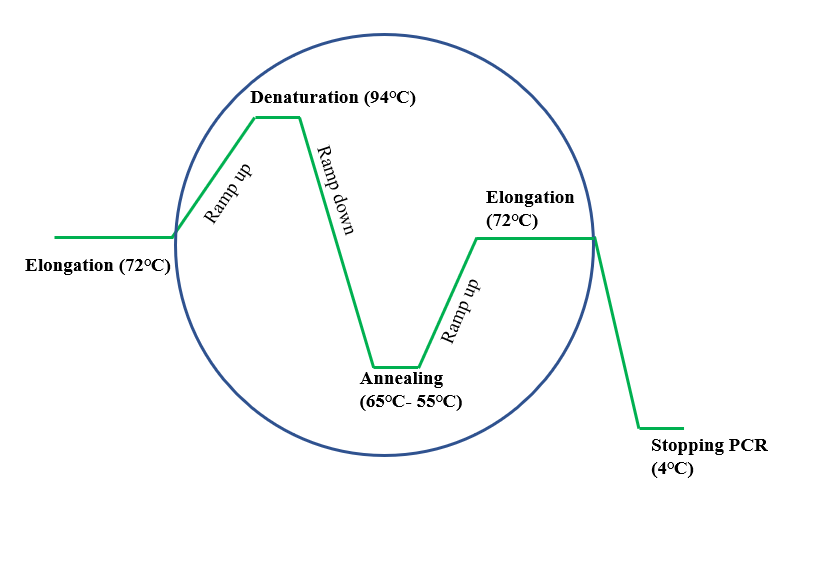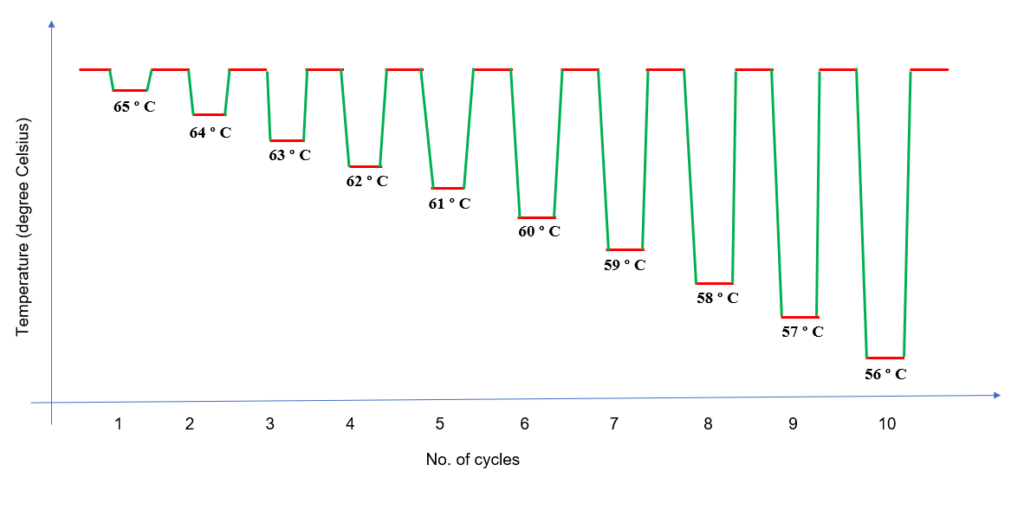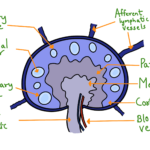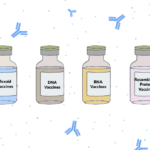Polymerase Chain Reaction (PCR) is a technique used to amplify the DNA fragment of interest. From discovering the PCR, PCR has been a great tool in molecular biology with a wide range of applications in various fields. Many variants of the technique have been developed over the course of time. One such variant is Touchdown PCR (TD-PCR). Touchdown PCR is for increasing the amplification and specificity of PCR reactions.
When the primer annealing is a bit difficult, i.e., there is temperature difference between the melting temperatures (Tm) of forward and reverse primers, there is need of redesigning the primers. But primer designing is a lengthy optimization and designing process. In order to avoid this, there is simple and rapid means to optimize PCR specificity, sensitivity and yield without these lengthy optimizations and primer redesigning, i.e., the touchdown PCR.
Touchdown PCR is a modification of PCR in which the initial annealing temperature is higher than the optimal Tm of primers and then it is gradually reduced over subsequent cycles until the Tm temperatures are reached for the primers.
This gradual lowering of temperature, so that the annealing temperatures can be more suitable during the course of cycling favors amplification of the desired amplicon. For this we select the annealing temperature 5 º C to 10º C higher than the Tm value, so that the primers can bind only to its specific and complementary sequence at appropriate temperature. Thus, after each cycle, the temperature is decreased by 1º C, till it reaches the desired range of Tm, this is first phase of TD-PCR consisting of 10-15 cycles. The second phase is generic PCR amplification with final annealing temperature of 20-25 cycles.

For example, in a PCR, the Tm temperature for a pair of primers is 55º C, then in touchdown PCR, we will set the first annealing temperature at 65º C and then gradually decrease by a degree Celsius.

Any difference in the Tm between the correct and incorrect annealing temperatures will result in an exponential increase by 2-fold per cycle. The touchdown PCR is specially used for amplification of templates that are usually difficult to amplify in cDNA library preparation and for screening single nucleotide polymorphism.



